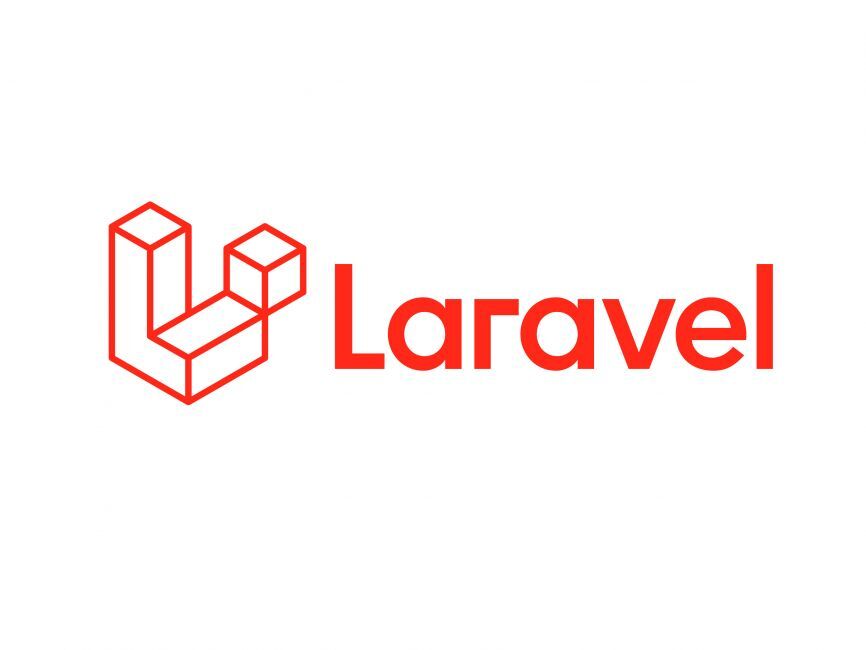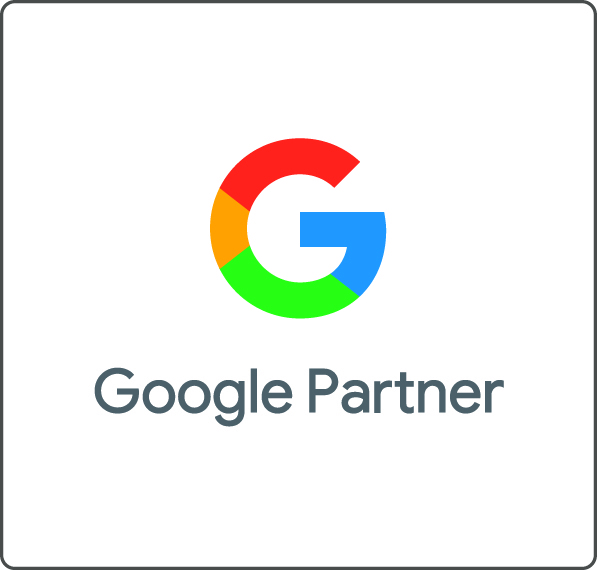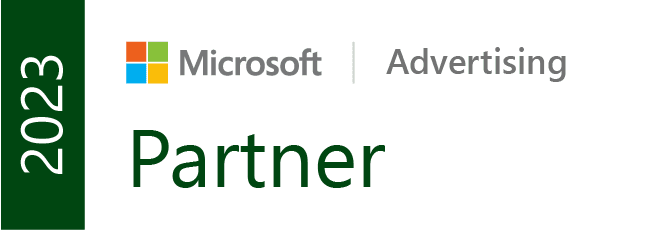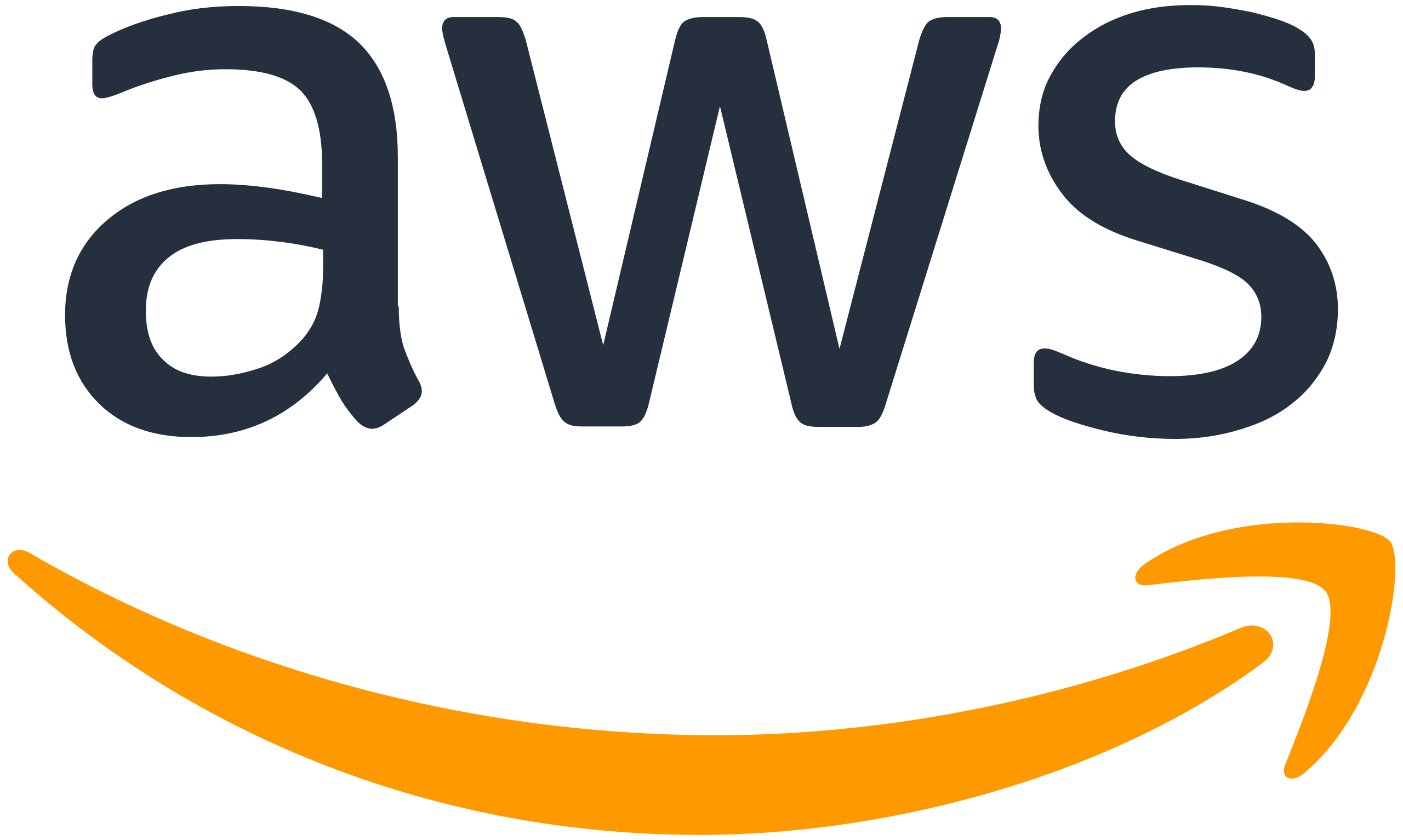Google streamed their fourth annual Performance Summit live from San Francisco yesterday evening. Adido tuned in to what is the most important event of the year for AdWords users.
We heard how Google will be changing, tweaking and improving many aspects of it’s platforms. Here are just a few of the key updates.
Key updates
Expanded text ads for all devices:
Search adverts are going from the longstanding format of 25 character headlines and 2x 35 character description lines, to 2x 30 character headlines and 1x 80 character description line. Expected roll out will be Q3/4 2016.
“Based on early testing, some advertisers have reported increases in clickthrough rates of up to 20% compared to current text ads. We encourage you to start planning for this upgrade before it rolls out later this year.”

DFSA (Demographics for Search Ads) finally coming out of beta testing:
- Demographic (age and gender) bidding layers will soon be available on search for all accounts
One of the more exciting additions announced yesterday is definitely DFSA being made globally available some time this year. We’ve seen amazing results from the beta and recommend this as something to really look forward to.

RLSA Update - Similar Audiences for Search:
- Similar user audiences based on your RLSA audiences will be rolling out soon, enabling you to target users who are “in-market” performing searches related to your industry/products but who haven’t been to your website before.
While quite a promising addition to RLSAs this new feature isn’t that new; with similar audiences already available for standard display audiences (not search ones, e.g RLSAs). These extra audiences will be a (theoretically) effective way of targeting keywords which are shared between industries and also open up quite a few other avenues in regards to bidding strategies.
Device level bidding update:
- Tablet only bidding options (no longer tied to desktop)
- Options to choose which device gets the keywords’ bid (meaning the other two will be modifiers of that bid - no longer tied to having an adjustment for mobile)
Likely the most significant from the summit -- a long term request from PPC managers and advertisers all over of the world -- we’ll finally be able to set bids for all devices separately. More interestingly is that we should also be able to have device split segmentation at keyword/campaign level (back to separate mobile only campaigns if desired).
Local inventory added to business pages (searchable):
- Users will be able to search a shop’s/businesses’ inventory to see what is in stock that day on their business page
Further bolstering Google’s online to offline integration, this addition is a pure reflection of Google’s awareness on how the customer's online experience impacts the performance offline, in-store.
Cross Exchange Inventory added to the GDN:
- Expansion of GDNs user reach - displaying adverts on other inventories
More ad slots available to display in = greater user reach = more effective remarketing campaigns (I'm quite looking forward to this).
Responsive Display Adverts:
- GDN adverts will start making themselves look like the website they’re sitting on

Promoted Pins on Google Maps:
- Users on Google Maps will see pins/businesses promoted which are near to their location
The targeting for this looks quite unique; in the demonstration during the seminar the “pin” which was being promoted wasn’t related/targeted by what was searched in Google Maps, but because it was between the user’s location and where he was going. If the targeting includes demographic targeting I can see this being a really powerful medium.
Development of Google’s in-store tracking with physical beacons:
- Touched on quite lightly with little information given, Google are at least investigating in-store beacons which will match users who come in-store against the ones who click on your adverts
More points of tracking is always a good thing; up until now Google has been using users’ location history information (tied to their phone) to estimate the tracking of online to offline performance (with an impressive 99% accuracy). If they take this route we’ll finally be able to bridge another tracking gap.
Final thoughts
Google’s direction is clear; mobile, and online integration into the offline world - really following consumer behaviour and ensuring advertisers are enabled to “be in the moments that matter” (Google’s way of saying, “Right place at the right time.”).
Likely the most exciting frontier of digital at the moment and we’re starting to see some real solutions to bridge the gaps; how the correct use of both hardware and software offline and online respectively can achieve that, and which gaps are the most important to bridge.
The AdWords interface update is following suit with a more predominant focus on devices too, but we’ll have to wait and see how that plays out. Also, location extensions are now very important.
Join the conversation at #GoogleSummit
And one I missed out, if you’ve got a spare £80,000.00~ p/a, you can upgrade to Google Analytics 360.





